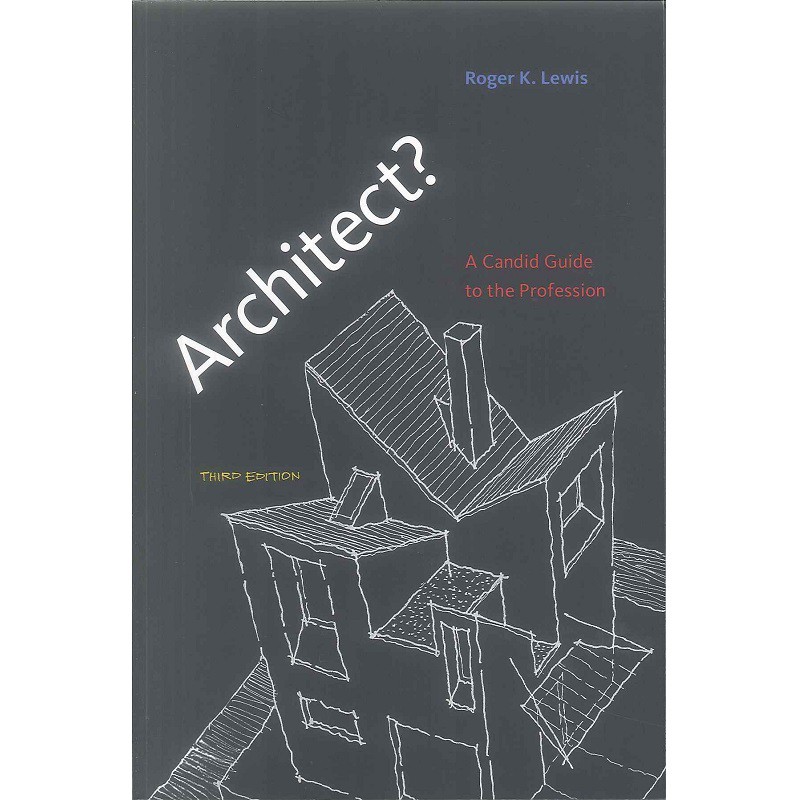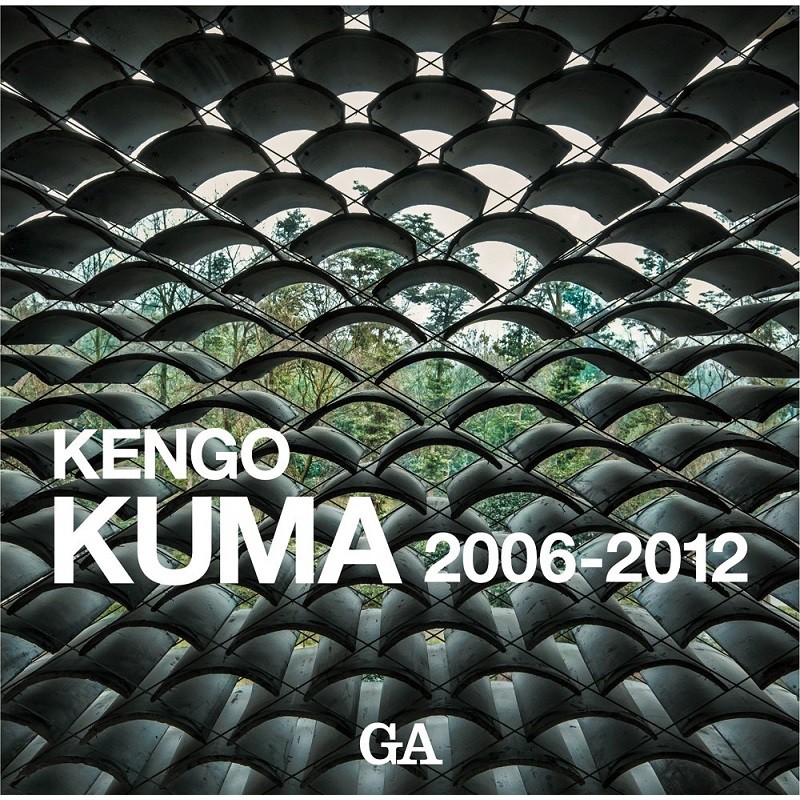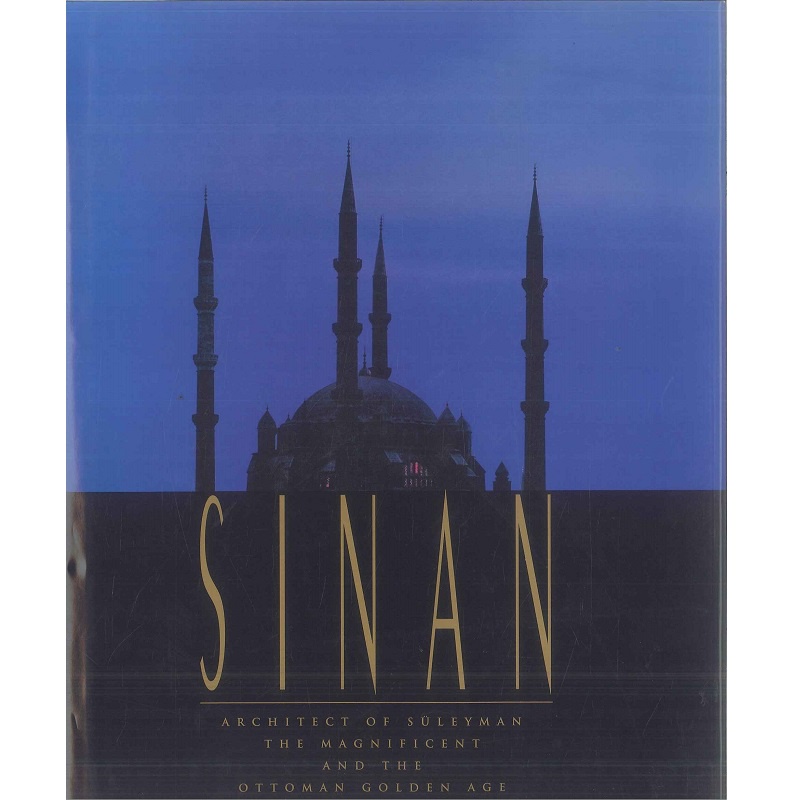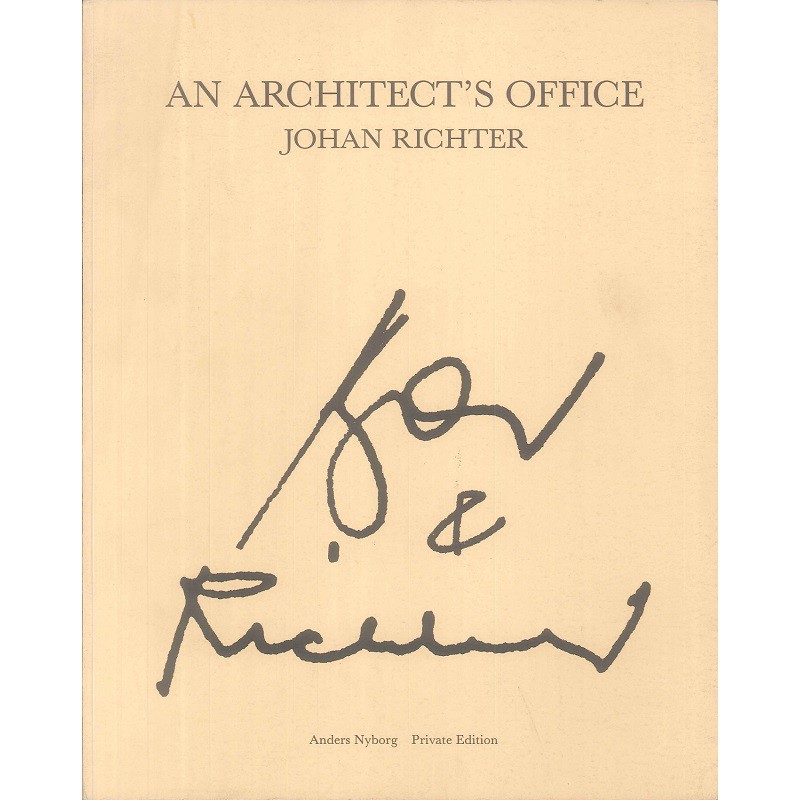
taiwanren.cc - 最全的電商商品價格比較,價格查詢,歷史價格查詢站點
Architect? -9780262518840 價格比較,價格查詢,價格歷史信息
Architect? -9780262518840 規格
Architect? -9780262518840 最新價格
Architect? -9780262518840 歷史價格(單位:新台幣)
Architect? -9780262518840 描述
[注意] 1. 本店只販售全新正品,絕不賣仿冒品,請安心購買。 2. 下標前可以蝦皮聊聊是否商品有現貨。 3. 下單前請再次確認選購的商品款式,商品須保持全新,並於取貨後15天內提出。若經拆封、使用後導致商品缺乏完整性,恕不提供退貨服務。 [商品資訊] 平裝: 352頁 出版社: MIT Press (2013) by Roger K. Lewis (Author) 語言: 英語 ISBN-10: 0262518848 ISBN-13: 9780262518840 [商品內容] The new edition of an essential text offers an informative, engaging view of the architectural profession from education through practice. Since 1985, Architect? has been an essential text for aspiring architects, offering the best basic guide to the profession available. This third edition has been substantially revised and rewritten, with new material covering the latest developments in architectural and construction technologies, digital methodologies, new areas of focus in teaching and practice, evolving aesthetic philosophies, sustainability and green architecture, and alternatives to traditional practice. Architect? tells the inside story of architectural education and practice; it is realistic, unvarnished, and insightful. Chapter 1 asks “Why Be an Architect?” and chapter 2 offers reasons “Why Not to Be an Architect.” After this provocative beginning, Architect? goes on to explain and critique architectural education, covering admission, degree and curriculum types, and workload as well as such post-degree options as internship, teaching, and work in related fields. It offers a detailed discussion of professors and practitioners and the “-isms” and “-ologies” most prevalent in teaching and practicing architecture. It explains how an architect works and gets work, and describes architectural services from initial client contact to construction oversight. The new edition also includes a generous selection of drawings and cartoons from the author's Washington Post column, “Shaping the City,” offering teachable moments wittily in graphic form. The author, Roger Lewis, has taught, practiced, and written extensively about architecture for many years. In Architect? he explains―for students, professors, practitioners, and even prospective clients―how architects think and work and what they care about as they strive to make the built environment more commodious, more beautiful, and more sustainable.
Architect? -9780262518840 商品選項
Architect? -9780262518840 屬性
進口/非進口
非進口
Architect? -9780262518840 用戶評測
分享鏈接
Architect? -9780262518840 相關商品
-
 Architect? -9780262518840 價格比較,價格查詢,價格監測詳細信息
Architect? -9780262518840 價格比較,價格查詢,價格監測詳細信息 -
 Architect: The Pritzker Prize Laureates in Their Own Words -9780316505055 價格比較,價格查詢,價格監測詳細信息
Architect: The Pritzker Prize Laureates in Their Own Words -9780316505055 價格比較,價格查詢,價格監測詳細信息 -
 GA ARCHITECT: Kengo Kuma 2006-2012 -9784871404334 價格比較,價格查詢,價格監測詳細信息
GA ARCHITECT: Kengo Kuma 2006-2012 -9784871404334 價格比較,價格查詢,價格監測詳細信息 -
 GA ARCHITECT TADAO ANDO 2001-07 Vol4 -9784871404303 價格比較,價格查詢,價格監測詳細信息
GA ARCHITECT TADAO ANDO 2001-07 Vol4 -9784871404303 價格比較,價格查詢,價格監測詳細信息 -
 Sinan: Architect of Suleyman the Magnificent and the Ottoman Golden Age -9780500343111 價格比較,價格查詢,價格監測詳細信息
Sinan: Architect of Suleyman the Magnificent and the Ottoman Golden Age -9780500343111 價格比較,價格查詢,價格監測詳細信息 -
 An Architect's Office -9788785176417 價格比較,價格查詢,價格監測詳細信息
An Architect's Office -9788785176417 價格比較,價格查詢,價格監測詳細信息 -
 GA ARCHITECT 17: TOYO ITO 1970-2001 -9784871404259 價格比較,價格查詢,價格監測詳細信息
GA ARCHITECT 17: TOYO ITO 1970-2001 -9784871404259 價格比較,價格查詢,價格監測詳細信息 -
 1100 Architect -9781885254726 絕版英文設計書 [建築人設計人的店-上博圖書] 價格比較,價格查詢,價格監測詳細信息
1100 Architect -9781885254726 絕版英文設計書 [建築人設計人的店-上博圖書] 價格比較,價格查詢,價格監測詳細信息 -
 Contemporary Architect's 9 Doublenegatives Architecture -9784872751680 絕版英文設計書 [建築人設計人的店-上博圖書] 價格比較,價格查詢,價格監測詳細信息
Contemporary Architect's 9 Doublenegatives Architecture -9784872751680 絕版英文設計書 [建築人設計人的店-上博圖書] 價格比較,價格查詢,價格監測詳細信息 -
 ZZDP Architect-Ondernemer -9789064505133 絕版英文設計書 [建築人設計人的店-上博圖書] 價格比較,價格查詢,價格監測詳細信息
ZZDP Architect-Ondernemer -9789064505133 絕版英文設計書 [建築人設計人的店-上博圖書] 價格比較,價格查詢,價格監測詳細信息 -
 The Architect's Studio Companion, 3rd Edition -9780471392354 絕版英文設計書 [建築人設計人的店-上博圖書] 價格比較,價格查詢,價格監測詳細信息
The Architect's Studio Companion, 3rd Edition -9780471392354 絕版英文設計書 [建築人設計人的店-上博圖書] 價格比較,價格查詢,價格監測詳細信息 -
 The Architect, the Cook and Good Taste -9783764376215 絕版英文設計書 [建築人設計人的店-上博圖書] 價格比較,價格查詢,價格監測詳細信息
The Architect, the Cook and Good Taste -9783764376215 絕版英文設計書 [建築人設計人的店-上博圖書] 價格比較,價格查詢,價格監測詳細信息
© 2025 www.taiwanren.cc All Rights Reserved. 最全的電商商品價格比較,價格查詢,歷史價格查詢站點















